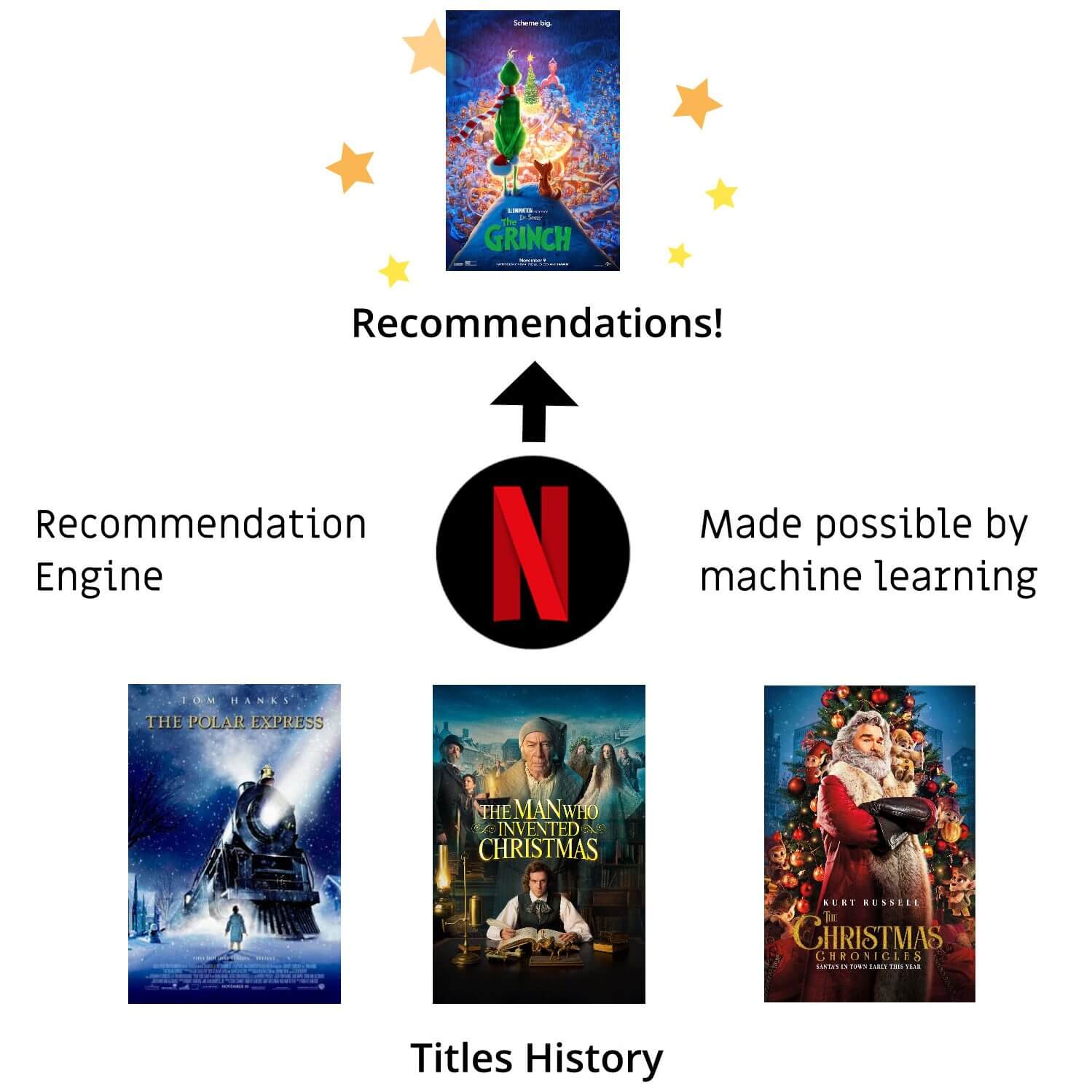
Written by Nancy Ung
Illustrated by Ida Liu
Machine Learning falls under the large umbrella of ‘Artificial Intelligence’ and was first introduced in the 1970’s. However, through the expansion of computing power and increased storage of data, ML became better suited for applications to more complex problems. In its simplest terms, machine learning is a technical tool that is composed of computer science and statistics, using algorithms to analyze data, learn from it, and perform tasks or make predictions – all without rules-based programming. It bases decisions on identifying patterns between input and output. Therefore, more data allows for higher accuracy in performance. It can be further subdivided by learning style or similarity in function. With our ever-growing amount and variety of data, the forefront of ML is deep learning, which is capable of data analytics and big data handling.
Machine learning has proven to be advantageous in various fields – from medical analyses in computer-assisted diagnosis, to marketing and sales promotions. If you’re wondering where machine learning exists in your everyday life, simply have a look at your phone. Search engines, social media services, face recognition all utilize this important and powerful method!